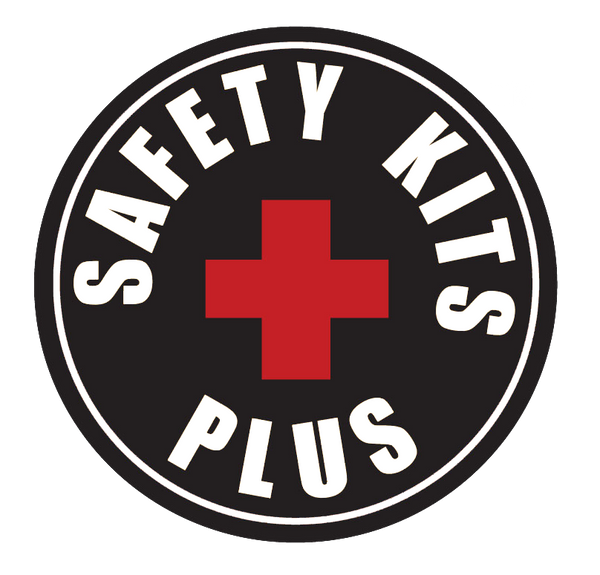
Few people know how to correctly administer CPR in the event of an emergency situation. For most people, witnessing such an event is traumatic enough let alone jumping in and assisting. Proper First Aid and CPR training provides the necessary skills to react appropriately in an emergency situation. Read ahead to learn CPR Basics, it is simple as the ABC's. And if you do not have a compact first aid kit in your home or vehicle, you may want to browse our First Aid Kits for a kit that meets your needs.
Fatal emergencies such as attack, drowning, choking or electric shock happen every day. The steps taken in the following seconds can mean the difference between life and death. Cardiopulmonary resuscitation (CPR) is the best training to have to try to help someone in an extreme situation when that person has stopped breathing. Learning this basic first-aid technique can help you give a friend, a loved one or a stranger a second chance for life.
CPR is administered when someone’s breathing or pulse (or both) stops. The heart and lungs work together to circulate oxygen throughout your body. If your brain is deprived of oxygen more than four minutes, you are at chance of suffering brain damage. After 10 minutes, your chances of surviving drop to one in 100.
The standard CPR method taught is a three-step process, which is as simple as ABC. Knowing these steps is not enough; it is critical to be trained and to practice. Once trained and certified, refresher courses are highly recommended every few years to maintain certification. The Red Cross and other local organizations offer courses nationwide.
CPR BASICS - AS SIMPLE AS ABC
If you find an adult who has collapsed, check responsiveness by gently shaking a shoulder and shouting, “Are you all right?” If the person doesn’t respond, shout for help. If a helper is available, send that person to call 911. If no help is available, make the call yourself.
AIRWAY
+ Place victim flat on his/her back on a hard surface.
+ Shake victim at the shoulders and shout "are you okay?"
+ If no response, call emergency medical system -911 then,
+ Head-tilt/chin-lift - open victims' airway by tilting their head back with one hand while lifting up their chin with your other hand.
BREATHING
+ Position your cheek close to victims' nose and mouth, look toward victims' chest, and
+ Look, listen, and feel for breathing (5-10 seconds)
+ If not breathing, pinch victim's nose closed and give 2 full breaths into victim's mouth (use microshield).
+ If breaths won't go in, re-position head and try again to give breaths. If still blocked, perform abdominal thrusts (Heimlich maneuver)
CIRCULATION
+ Check for carotid pulse by feeling for 5-10 seconds at side of victims' neck.
+ If there is a pulse but victim is not breathing, give Rescue breathing at rate of 1 breath every 5 seconds Or 12 breaths per minute
+ If there is no pulse, begin chest compressions as follows:
+ Place heel of one hand on lower part of victim's sternum. With your other hand directly on top of first hand, Depress sternum 1.5 to 2 inches.
+ Perform 15 compressions to every 2 breaths. (rate: 80-100 per minute)
+ Check for return of pulse every minute. Continue uninterrupted until advanced life support is available.
NECK INJURY
If you suspect that the victim may have a neck injury, you must open the airway differently. Open the airway using a chin-lift without tilting the head. If the airway stays blocked, tilt the head slowly and gently until the airway is open.
ADDITIONAL RESOURCES
American Red Cross - Sign up to take a class in your area
American Heart Association - Sign up to take a class in your area.
